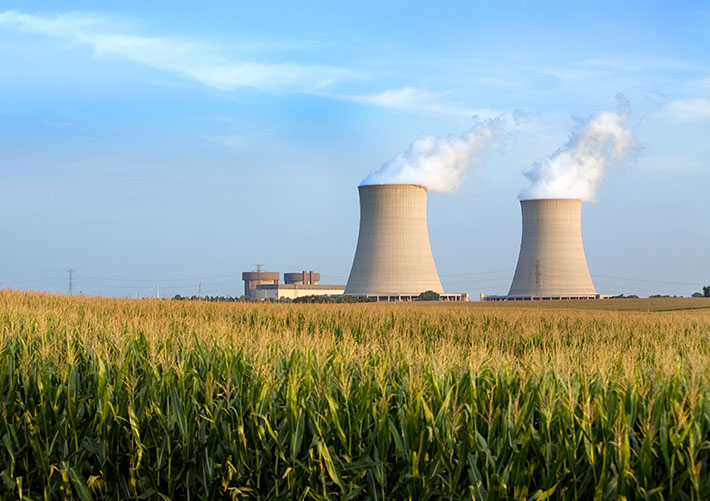
Stirred-Reactor Coupon Analysis
ASTM International’s nuclear fuel cycle committee (C26) has developed a standard describing a new technique for measuring the forward rate of glass corrosion.
The new standard (C1926) details the stirred-reactor coupon analysis (SRCA) method, in which monolithic glass coupons are partially masked with an inert material before undergoing corrosion in a large volume of solution with known chemistry and temperature for pre-determined duration.
After terminating the test, the mask is removed and the step height difference between the protected area under the mask and the exposed corroded portions of the sample coupon is measured to determine the extent of glass dissolution. The step height is converted to a dissolution rate measurement using the test duration and glass density.
“The SRCA method presents many improvements for the measurements of the forward rate dilute conditions, compared with traditional approaches,” says ASTM member Gary Smith, chair, spent fuel and high level waste subcommittee (C26.13). According to Smith, these improvements include:
- The direct measurement of the glass samples’ step height and straightforward conversion to dissolution rate is simpler, less expensive and has lower uncertainty.
- The test maintains very dilute conditions homogeneously in the entire reaction vessel through the entire test duration, ensuring that any influence of ion activity in the solution is minimized.
- The test is capable of simultaneous measurement of multiple glass samples, greatly enhancing the throughput for test data and lowering the costs associated with glass corrosion testing. This enables direct comparison of different glasses in equivalent conditions or the ability to examine many replicates to improve test statistics.
The committee conducted a round robin study, led by Joe Ryan from the Pacific Northwest National Laboratory, that included participants from Belgium, France, the United Kingdom, Japan, Germany, and the United States.
ASTM welcomes participation in the development of its standards. JOIN ASTM.
Smith says that the subcommittee that developed C1926 invites participation from parties interested in standards that address the back end of the nuclear fuel cycle, including low activity, mixed-waste, and high level wastes, in addition to nuclear fuels. Subcommittee C26.13 will meet from June 4-9 in New Orleans as part of the American Ceramics Society (ACerS) Glass and Optical Materials Division 2023 conference.
To purchase standards, contact ASTM International customer relations (tel +1.877.909.ASTM; sales@astm.org).
 SN Home
SN Home Archive
Archive Advertisers
Advertisers Masthead
Masthead RateCard
RateCard Subscribe
Subscribe Email Editor
Email Editor